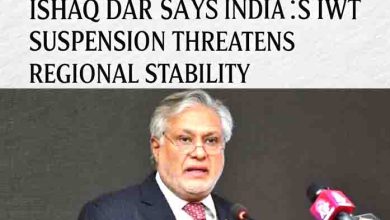Water Professionals Needed for Innovative Water Solutions Projects of IWMI
Water Industry Jobs Available
- Water Industry Jobs Available for Innovative Water Solutions Projects of IWMI
Islamabad: Talented people are required to find innovative water solutions for sustainable, climate resilient development projects of International Water Management Institute (IWMI).

With vision for a water secure world, the International Water Management Institute is he International Water Management Institute (IWMI) is looking for a competent, self-motivated and dynamic individual to join the offices of IWMI, a non-profit, scientific research organization focusing on the sustainable use of water and land resources in developing countries.
IWMI works in partnership with governments, civil society and the private sector to develop scalable agricultural water management solutions that have a real impact on poverty reduction, food security and ecosystem health. Headquartered in Colombo, Sri Lanka, with regional offices across Asia and Africa.
Following Water-related Jobs are available at various locations of IWMI in world.
- Senior Manager – Business Development
- Location: Pretoria, South Africa
- Research officer – Inclusive Agricultural Finance
- Location: Accra, Ghana
- IT Support Officer
- Location: Lahore, Pakistan
- Copy Editor
- Location: Pelawatta, Sri Lanka
- Consultant: Project Coordinator
- Location: Battaramulla, Sri Lanka
- Administrative Officer
- Location: Pelawatta, Sri Lanka







